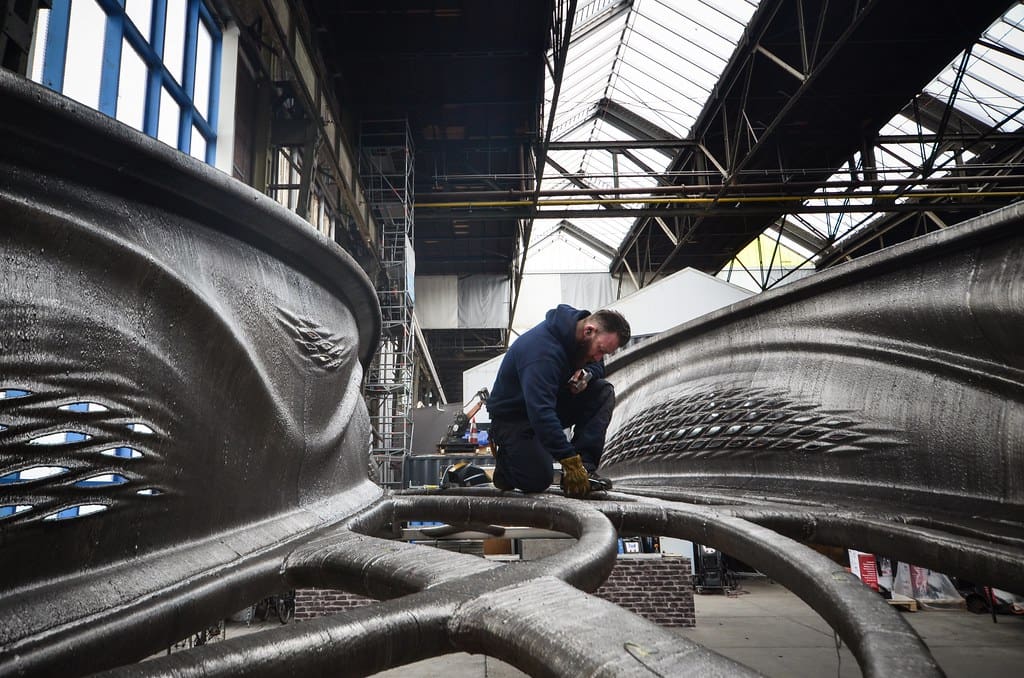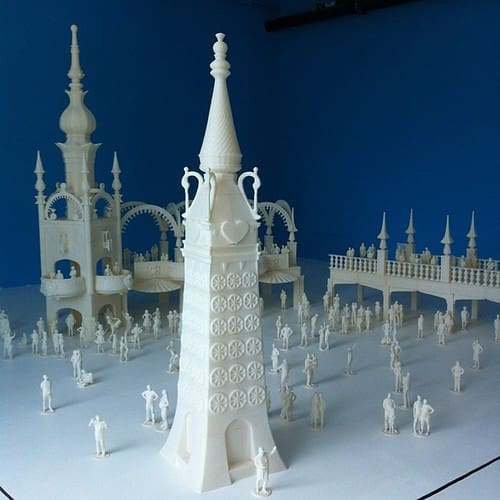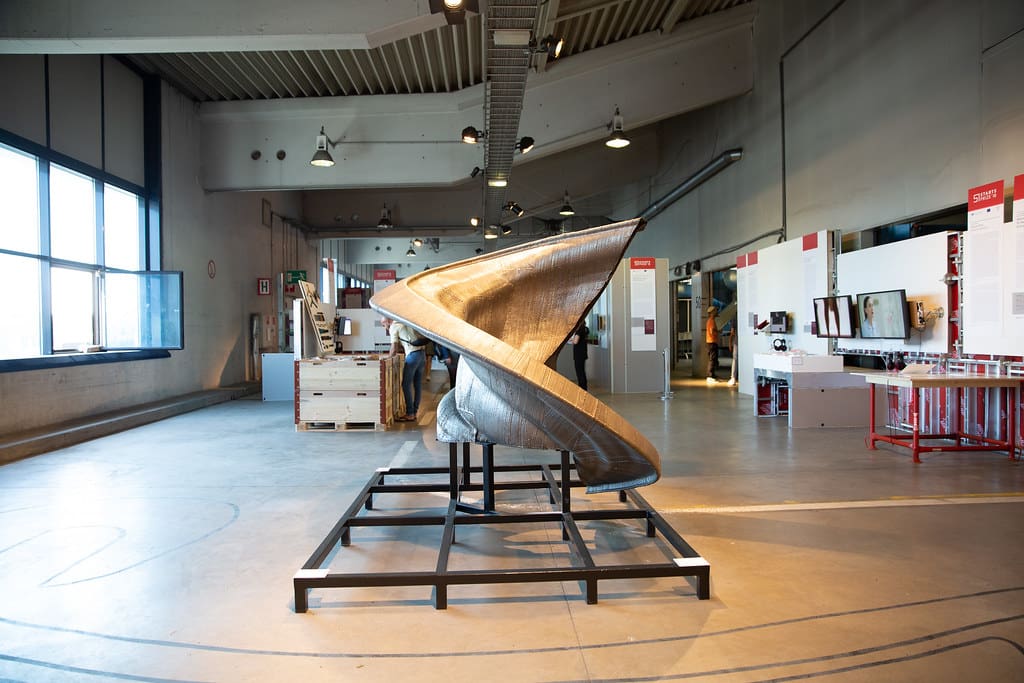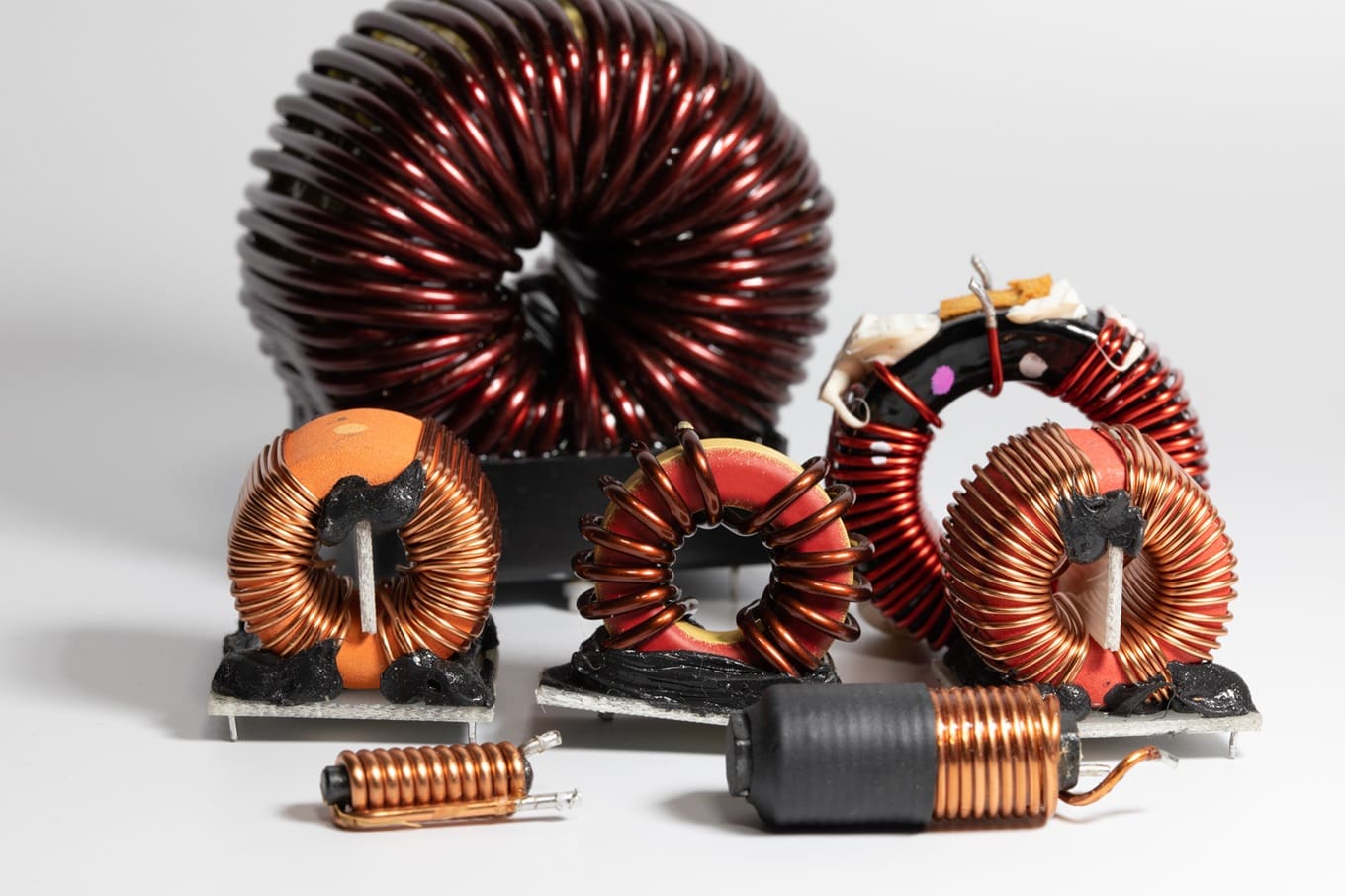Project engineering involves the planning, coordination, and execution of engineering projects, encompassing the integration of multiple engineering disciplines to meet project objectives within budget and time constraints. 3D printing, or additive manufacturing, has emerged as a transformative tool in project engineering, offering unprecedented opportunities to streamline project workflows, enhance prototype development, and customize production. This technology enables project engineers to innovate more effectively, optimizing product designs and accelerating the development process from conception through to final production.
The Emergence of 3D Printing in Project Engineering
Initially adopted for prototyping in design and manufacturing, 3D printing has expanded its role in project engineering as a pivotal method for producing functional components, tools, and even final products. With its ability to create complex, precise structures quickly and cost-effectively, 3D printing supports project engineers in managing the diverse aspects of engineering projects, particularly in industries such as aerospace, automotive, healthcare, and construction.

Advantages of 3D Printing in Project Engineering
Enhanced Prototyping: 3D printing allows for rapid prototyping, enabling engineers to test and refine designs much faster than traditional methods. This accelerates the iterative design process, essential for achieving optimal project outcomes.
Cost Efficiency: By reducing the need for expensive tooling and minimizing material waste, 3D printing helps lower overall project costs. It also allows for cost-effective small batch production or custom one-off components, which are particularly useful in complex projects with unique requirements.
Design Flexibility: Additive manufacturing provides the flexibility to create complex geometries that are either too difficult or too costly to achieve with conventional manufacturing techniques. This capability is crucial for projects that require highly specialized parts or innovative solutions to engineering challenges.
Streamlined Supply Chain: 3D printing can significantly simplify the supply chain by manufacturing parts on-demand, directly at or near the project site. This reduces the lead times and logistics costs associated with stocking and shipping components.
Customization and Scalability: With 3D printing, project engineers can tailor solutions to specific project needs without the constraints associated with traditional manufacturing. This customization can be scaled as needed throughout the lifecycle of the project.
Key Applications of 3D Printing in Project Engineering
Construction and Architecture: 3D printing is used to create complex building components, customized fixtures, and even entire structures, offering new possibilities in design and construction project engineering.
Automotive and Aerospace: In sectors where performance and precision are paramount, 3D printing enables the development of customized parts that meet strict industry standards and help reduce the weight and increase the efficiency of vehicles or spacecraft.
Medical Device Engineering: Project engineers utilize 3D printing to create bespoke medical devices and implants tailored to individual patients, enhancing the efficacy and recovery rates in medical projects.
Robotics and Automation: 3D printing facilitates the rapid design and manufacture of robotic systems and components, allowing for customized automation solutions that fit specific project requirements.

Challenges in 3D Printing for Project Engineering
Material Limitations: While 3D printing offers a variety of material options, ensuring these materials meet the specific strength, durability, and environmental requirements of a project can be challenging.
Technical Expertise: Effective use of 3D printing in project engineering requires specialized knowledge not only of the technology itself but also of materials science and digital modeling.
Quality and Consistency: Achieving consistent quality in 3D printed parts, especially for critical components in engineering projects, requires meticulous process control and ongoing quality assurance.
Integration Challenges: Integrating 3D printing into traditional manufacturing processes and project workflows can be complex and may require significant adjustments to existing practices.
Future Directions in 3D Printing for Project Engineering
As 3D printing technology continues to evolve, its application in project engineering is expected to expand, driven by advancements in printer speeds, material properties, and multi-material printing capabilities. Future developments are likely to enhance the integration of 3D printing with other digital technologies, such as AI and IoT, creating more efficient, automated, and adaptive project engineering solutions.
3D printing is revolutionizing project engineering by providing powerful tools for design innovation, rapid prototyping, and customized production. As the technology advances, it promises to further streamline project workflows, reduce costs, and improve the performance and efficiency of engineering projects. With ongoing advancements, 3D printing will increasingly become an integral part of project engineering, reshaping traditional practices and enabling engineers to meet the complex demands of modern projects.








